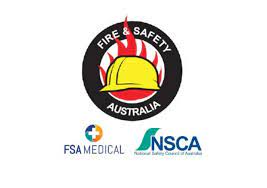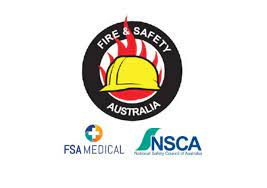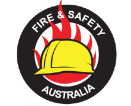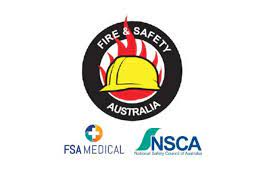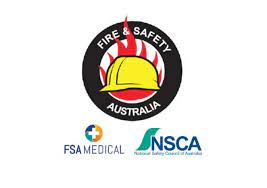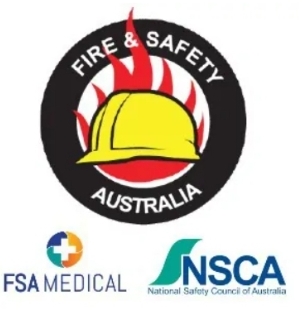Title Page
-
Conducted on
-
Prepared by
-
Location
-
Confined Space identification
-
Type of space
-
Photo of space
Confined Space Assessment
AS 2865-2009 - Confined spaces
-
Is the space enclosed or partially enclosed?
-
Is not designed or intended primarily to be occupied by a person?
-
Is, or is designed or intended to be, at normal atmospheric pressure while any person is in the space?
-
An oxygen concentration outside the safe oxygen range
-
A concentration of airborne contaminants that may cause impairment, loss of consciousness, or asphyxiation.
-
A concentration of flammable airborne contaminants that may cause injury from fire or explosion.
-
Engulfment in a stored free-flowing solid or a rising level of liquid that may cause suffocation or drowning.
-
This Space can be classified as :
- Confined Space
- Restricted Space
- Non - Confined Space
Details of the Space
-
Types of works being undertaken within space
-
Entry type:
-
Number of Entrances:
-
Access type:
-
Photo of Inside the Space
-
Hazards:
- Slips trips and falls
- Engulfment
- Restricted movement
- Biological
- Entrapment
- Atmospheric
- Falls from height
- Mechanical movement
- Chemical
- Physiological "claustrophobia"
- Electrical
-
Types of work to be conducted in space
-
Signage:
-
Additional Comments
Entry provisions
-
Atmospheric Testing Required:
-
Atmospheric Testing Type:
-
Ventilation Required:
-
Ventilation System
- Natural
- Positive Pressure
- Negative Pressure
- Positive and Negative Pressure
-
Lock out, Tag out Required:
-
Entry Equipment Requirements:
- Hard Hat
- Bump Cap
- Hard toe boots
- Long and long PPC
- Gloves
- Safety Glasser's
- Safety Goggles
- P2 Dust mask
- Half Face Respirator
- Full Face Respirator
- Positive Pressure Respirator
- Self Contained Breathing Apparatuses
- Gas Detector
- Tripod
- Winch
- Rope lowering system
- Ladder
- Self Retracting lanyard Safety System
- Harness
- Lanyards
- Radios Communication
-
Rescue Plan Required:






